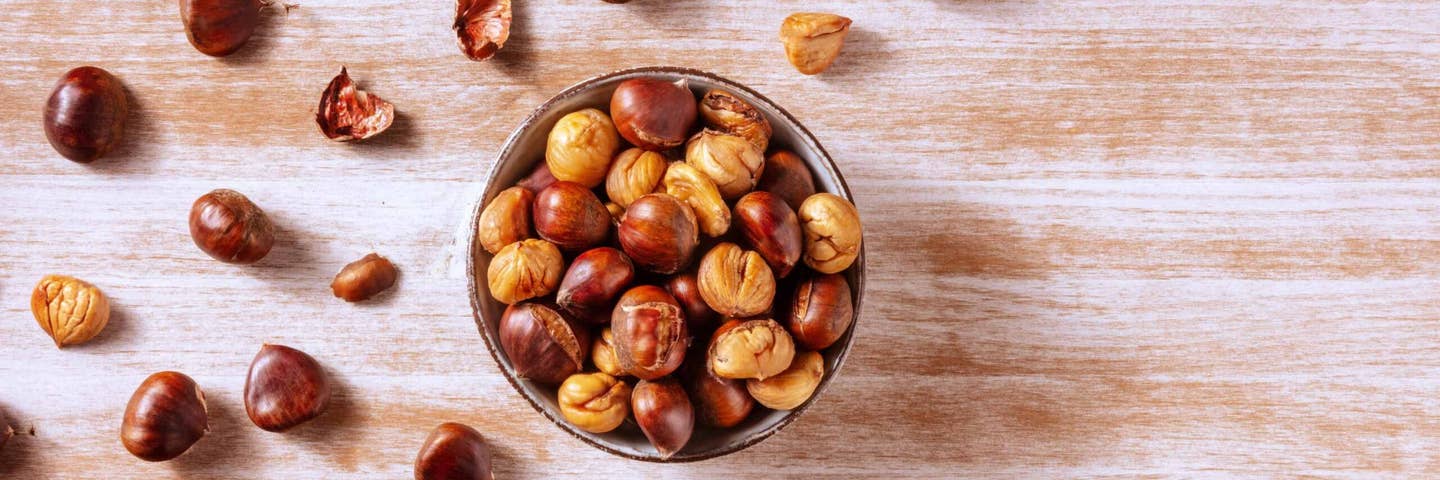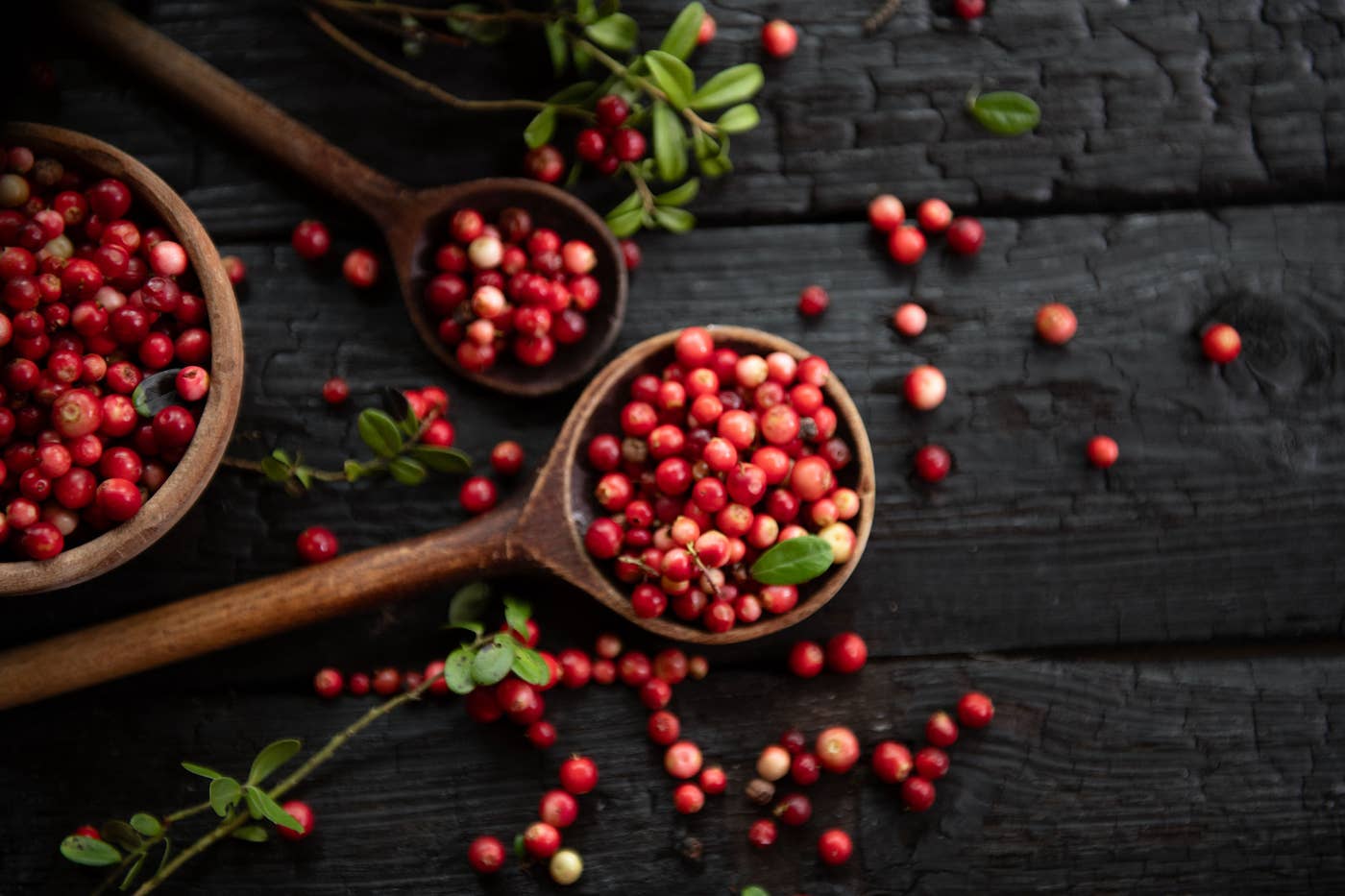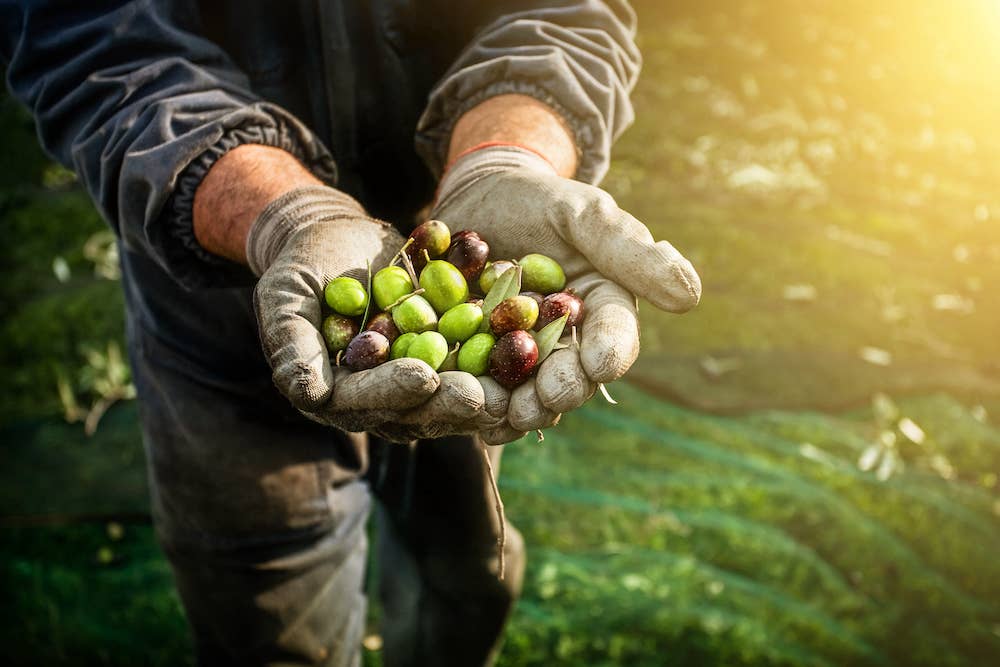Chard, also called Swiss chard, is a leafy green that comes from a variety of beets grown for the edible stems and leaves rather than the root or bulb. Known for its colorful stalks, chard can be consumed raw or cooked depending on preference. Stems are often big and crunchy, while the leaves are tender and mild, with a hint of bitterness that diminishes with cooking. Read on for more info on chard, plus recipes to try.
When Is Chard Available?
Chard is a biennial crop that grows from April to November and is available year-round. It is unique in that it does well in both cool and hot temperatures. Typically, the best time to get chard is in summer, when it is often readily available at farmers markets. Because the leaves are highly perishable, buying locally grown chard is recommended for peak freshness, taste, and nutrient density.
Nutrition
Like other leafy greens, Swiss chard is a nutrient-dense, low-calorie vegetable. Chard contains fiber and an array of phytonutrients. Interestingly, chard has a higher sodium content than other vegetables of its kind. One cup of raw chard contains 103 milligrams sodium, about 4 percent of the American Heart Association’s daily recommended allotment—so you may want to add less salt to chard dishes than you would to dishes that star other leafy greens.
Types
While the leaves of chard are always a dark green, the stems can be red, pink, yellow, and even orange and white. Rainbow chard is a blend of the different-color chard plants grown separately; then the stalks are bundled into a beautiful, colorful bunch. Different colors of chard can be used interchangeably, as there’s no significant difference in flavor.
Selection Tips
When shopping for chard, look for leaves that are fresh and green and show no signs of yellowing or wilting. Bigger is not necessarily better: Extra-large leaves and ribs may be overly mature and tougher in texture.
Substitutes for Chard
When chard is not available, spinach, kale, and beet greens make good substitutes. Spinach and beet greens resemble chard closely in texture and all are members of the same plant family, Amaranthaceae. Kale has a tougher texture than chard but a similarly earthy flavor.
Can the Stems Be Eaten?
Yes! Chard stems are intended to be eaten. In Europe, chard is often grown specifically for the stems. Stems can be eaten raw like celery, such as a whole stem (stalk) dipped into hummus, or simply chopped into a salad. They can also be cooked. It’s a good idea to separate the stems from the leaves before cooking, as the stems require more time to cook.
How to Store Chard
Chard can be stored for one week, refrigerated at 40°F or below. Wrap unwashed chard in a damp paper towel, then place in a plastic bag, seal, and store in the refrigerator crisper.
Freezing is not recommended for fresh chard. However, blanched stems and leaves can be frozen, separately, in an air-tight, freezer-safe container for up to a year.
Swiss Chard Recipes
Chard is delightful in a variety of dishes, from soups to salads to enchiladas to tacos. These vegan Swiss chard recipes from Forks Over Knives showcase the leafy green’s versatility. Make one today!
- Split Pea and Chard Soup
- 4-Layer Enchilada Cakes
- Green Beans and Summer Squash Salad
- Lentil, Chard, and Sweet Potato Curry
- Barbecue Bean and Cornbread Bake
- Millet-Stuffed Chard Rolls
- Penne with Swiss Chard, Olives, and Currants
- Vegan Lasagna Verde
- Vegan Broccoli Soup Recipe
- Sweet Potato Lasagna Recipe
- Spicy Stir-Fry Tacos
- Autumn Minestrone
- Caribbean Rice
- Sweet Potato Soup With Cannellini Beans and Rainbow Chard
- Southwestern Enchilada Casserole
This post was produced in collaboration with the Natural Gourmet Center, a plant-centric culinary arts program from the Institute of Culinary Education.
Related News
Try Our Top-RatedMeal Planner Free

Forks Meal Planner takes the hard work out of making nutritious meals the whole family will enjoy.
SAVE $200 ON OUR ULTIMATE COURSE

Join our best-selling course at a new lower price!





